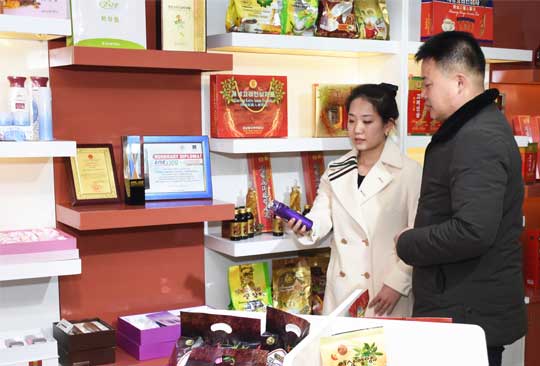National intangible cultural heritage- Custom of the cultivation of Koryo Insam and its usage
Insam (ginseng), a specialty of Korea, was widely cultivated after being transplanted from the mountains to the fields in the 11th to 12th century during the Koryo period.
Especially due to the peculiar soil and water quality, intrinsic meteorological factors and unique cultivation methods, the insam cultivated at the Kaesong area had a pharmacological effect that was incomparable to those from other regions.
Therefore, the Kaesong area flourished as a hub of insam cultivation, leading to a high reputation in the world as Kaesong Koryo Insam.
Insam is divided into hongsam (red insam) and paeksam (white insam) according to the methods of its processing.
Hongsam refers to the insam that is steamed and dried at a certain temperature after gathering, and Paeksam refers to the insam that is trimmed and dried.
Kaesong Koryo Insam contains various glycosides needed for health and longevity as well as essential amino acids, various vitamins and minerals.
Kaesong Koryo Insam protects the five viscera, has a good effect on the brain, heart and vascular system, and stimulates endocrine glands to promote metabolism, thus making it the main medicinal material for the manufacture of various Koryo medicines and invigorants.
It also helps to have a great vigor, reduce fatigue, improve the mental and physical capability and enhance the vitality of the body.
After its anti-cancer action was recently revealed, Kaesong Koryo Insam gains greater popularity than ever.
Hundreds of insam products such as tea, indan (tiny traditional Korean pill with mint flavor for pain-relieving), tonic, wine, fruit jam and jelly are very conducive to the people’s health, and especially insam cosmetics are extremely high in demand.
